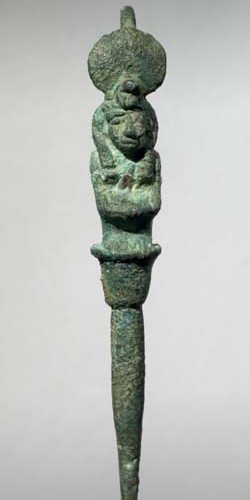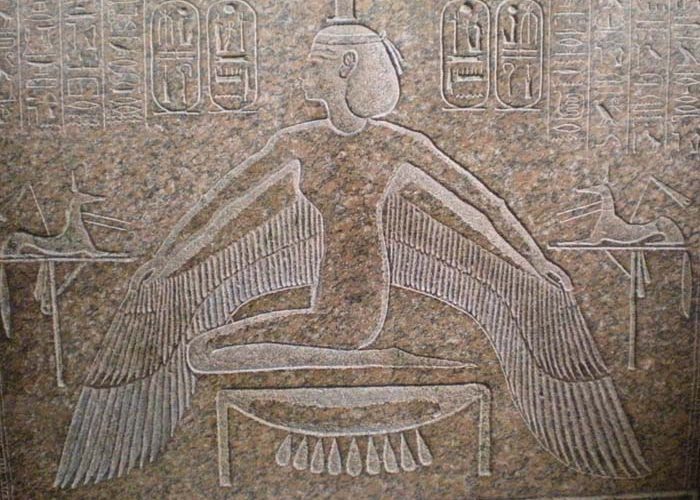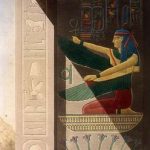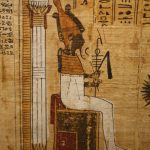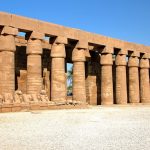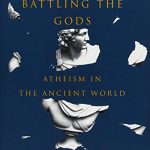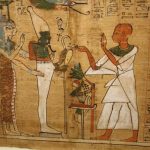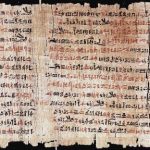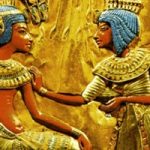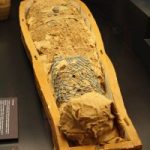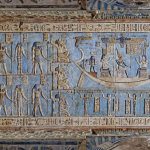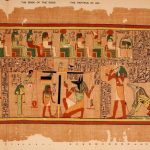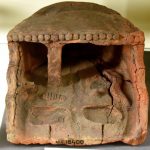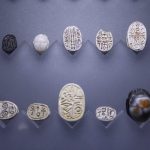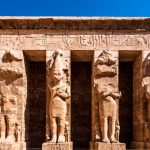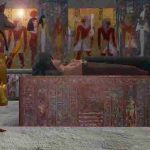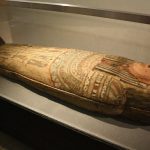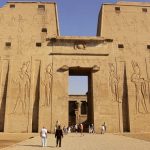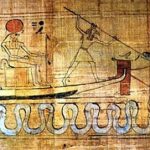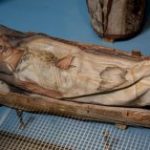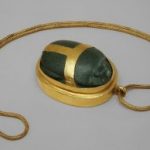Ma’at (aka Maat) was the ancient Egyptian concept of cosmic order and balance. The philosophy of Ma’at allowed them to rationalize the events occurring around them. As long as the universe revolved around Ma’at there would be a purity that ensured balance and justice. Through this ideology, Ma’at became the basis of Egyptian culture.
The Ma’at concept was personified as the goddess of truth and justice. From the earliest eras in Egypt, people considered her as essential for the stability of life. She represented truth, justice, harmony and balance. The opposite of chaos, Ma’at gave order to nature and society. Reaching beyond being simply a goddess, Ma’at became a focus for leadership, philosophy and law.
Born a Goddess Over All Creation
Historians found the first written accounts of Ma’at in the Pyramid Texts, written between 2375 and 2345 BCE. However, the divine concept of the goddess is a much older idea. Ma’at is a central figure in the Egyptian creation story. She was with her father Ra on his celestial barque, or sailing boat, as he came from the waters with the Egyptian gods and goddesses.

Egyptians saw Ra as the most important god in Egyptian society. He made Ma’at even more important by standing on her pedestal to establish all creation. This placed Ma’at as the order that transformed chaos into creation. She ruled both gods and people.
Over time, Ma’at developed beyond being simply the daughter of Ra and responsible for order to being the reason that the universe existed. Some of her other responsibilities include:
- Relationships
- The cycle of seasons
- The movements of the sun, moon and stars
- All parts of religion
- How people behaved
- The positive characteristics of men
- Rulers, leaders and judges
- The afterlife
Historical texts transform Ma’at from a goddess to actually being creation. In many instances, ancient Egyptians considered their society and religion to be “Ma’at”, while the wilderness and other cultures were considered chaotic and unjust.
The Ideal Egyptian Woman
Ma’at is often represented as a slim woman with a white ostrich feather on her head. She often carries a scepter or an ankh. Some ancient representations feature Ma’at with wings of divinity outstretched. Egyptians viewed her slim figure and symmetrical features to represent the appearance of the perfect Egyptian woman.
The symbol of Ma’at is a primeval mound. The symbol represents Ma’at as being the mound on which the gods stood upon when creating the universe. Other symbols associated with Ma’at are the ostrich feather and scales.
Family Tree
- Father: Ra, the sun god.
- Sister: Shu, the air god.
- Husband: Thoth, the moon god


